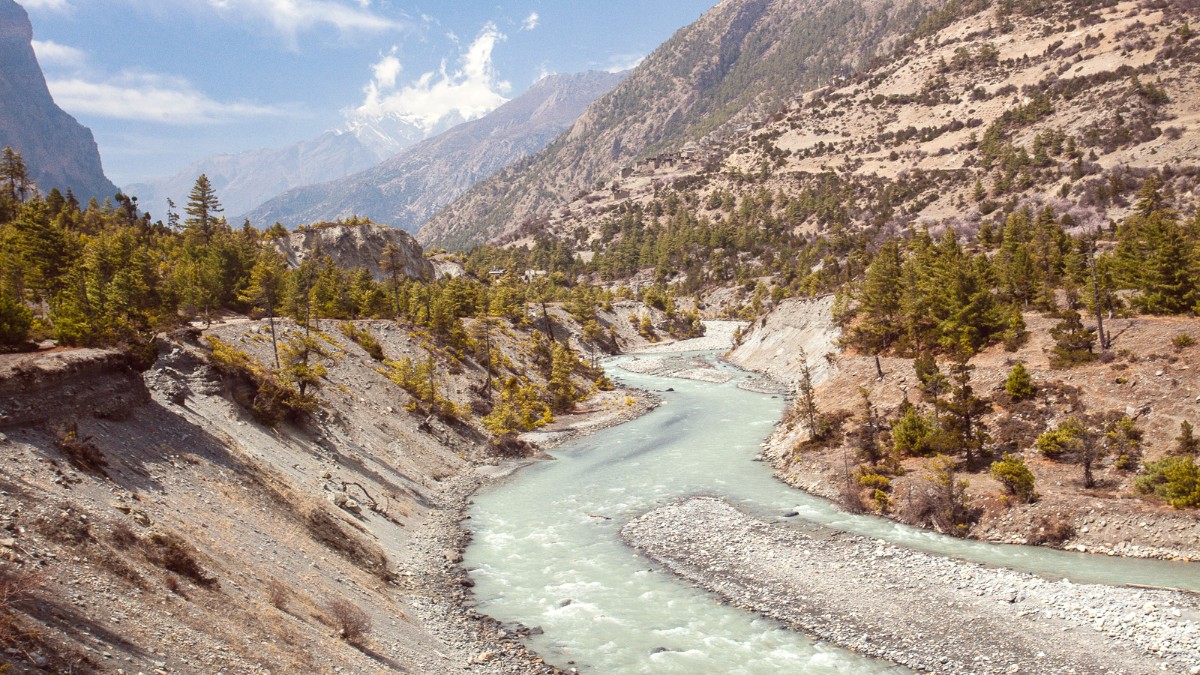
Nepal
A common, recommended itinerary for adequate acclimatization and enjoyment.
Tailor your trek length to match your time and interests.
Shorten your trek by skipping initial road sections or flying out early.
Extend your journey with side trips or more acclimatization days.
Tailor your trek to focus on specific passions.
Deepen your trek experience with these unique focuses.
Your budget shapes choices for transport, accommodation, and support staff.
Use local buses, stay in basic tea houses (free room with meal commitment), eat Dal Bhat, purify water (with your Water purification system), trek independently.
Mix tourist buses and shared jeeps, choose better tea houses (attached baths), hire a porter or share a guide/porter, enjoy varied meals.
Private jeeps, fly Jomsom-Pokhara, best available tea houses (attached baths, heating), private guide and porter, full menu, luxury city hotels.
The final stages of the trek, including the challenging pass crossing and travel back to Kathmandu.
This is the longest and most challenging day of the trek.
Options for travel from Muktinath onwards.
Each season offers a different Annapurna Circuit experience.
For extensive regional travel.
Consider essential support for a safe and enjoyable trek.
Trek with a registered local guide or porter.
Always include buffer days in your itinerary for unexpected delays due to weather, illness, or enjoying a place longer.
Travel in Nepal can be unpredictable. A flexible mindset will improve your journey.
Prepare for various conditions and have flexible plans.
Ensure you are well-prepared for your journey.
High altitude travel needs careful planning.
After your trek, unwind and explore more of Nepal's offerings.
Know how to react in unexpected situations.
Making thoughtful choices with guides and porters.
Mountain weather can change very quickly. Always pack layers and waterproof items.
Take acclimatization days seriously. Descend immediately if symptoms appear.